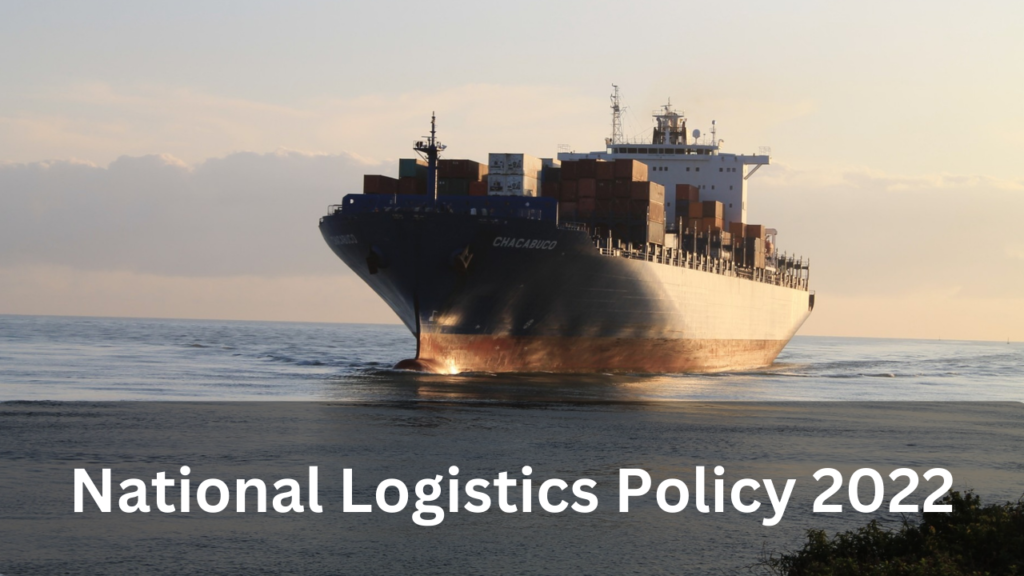The National Logistics Policy was laid out by the Prime minister of India on 17th September 2022. On the same day when 8 cheetahs were introduced in Kuno National Park of Madha Pradesh. This marks a significant shift in India’s policy of improving the speed of delivery of goods at the speed of cheetahs. This is not the first policy to be introduced in the series of policies to improve and streamline the process of Logistics in India. Let us look at some of the policies that govern logistics in India.
What is a Policy?
A policy is a roadmap for the government to act in a specific direction. There is no specific timeline (deadline) for the implementation of the policy. It is like an announcement in perpetuity. The policy is laid out in the public domain with clear directives for its implementation. However, if the government of the day fails to complete the objectives mentioned in the policy, there is no liability for the government. NLP 2022 as the name denotes is also a policy.
What is National Logistics Policy (NLP) 2022?
The policy streamlining the process of logistics in India so that the prices of goods in the hands of consumers can be significantly reduced is known as National Logistics Policy. India spends 14% of its GDP on maintaining the efficiency of the infrastructure & systems in place. This is much lower for other developed economies that spend significantly less amount. For Instance
- USA ~ 8%
- Europe ~ 9%
- China ~ 10%
- Japan ~ 11%
The values denoted in % are the percentage of the GDP of their respective countries.
Size of the Logistics sector in India
According to Statista – “In the financial year 2021, the size of the Indian logistics market was around 250 billion U.S. dollars. It was estimated that this market would grow to 380 billion dollars in 2025, at a compound annual growth rate between 10 to 12 percent.”
How the NLP 2022 will be implemented?
A roadmap for the implementation has been provided that includes digitization at a massive scale along with solid infrastructure, removing red tape & streamlining the processes. The policy has four features that will be implemented through the Comprehensive Logistics Action Plan (CLAP):
- Integration of Digital System (IDS): For the digital integration of different systems of seven different departments (like road transport, customs, railways, aviation, commerce ministries, and foreign trade).
- Unified Logistics Interface Platform (ULIP): This ensures shorter and smoother cargo movement and enables the exchange of information confidentially on a real-time basis.
- Ease of Logistics (ELOG): This will enable and ensure the ease of logistics business through transparency and accessibility.
- System Improvement Group (SIG): This will monitor all logistics-related projects regularly.
Why NLP is launched in 2022?
The objective of the government is clear and simple. This can be summed up as follows.
- To increase the competitiveness of Indian goods in the international markets.
- To reduce the burden on GDP from 14% to 8-10% range on par with the developed countries.
- Improving overall quality, transparency & redressal mechanisms in the logistics sector.
- Increasing overall trade both import & export.
- To facilitate ease of doing business in India so that new investments can flow in smoothly and aid in the growth & development of the overall economy.
SUPPORT
We survive on google ads and stockbroking if you like our articles then don’t forget to open the Demat account for trading and investing using the link below 👇👇 and give us a chance to serve you better. Lowest Brokerage highest support 🙏🙏. These links are for Indian readers specifically. If you’re reading this post from outside India, there are other ways to support us, like sharing the content or giving us a reach, or mentioning us, if our articles help you.

